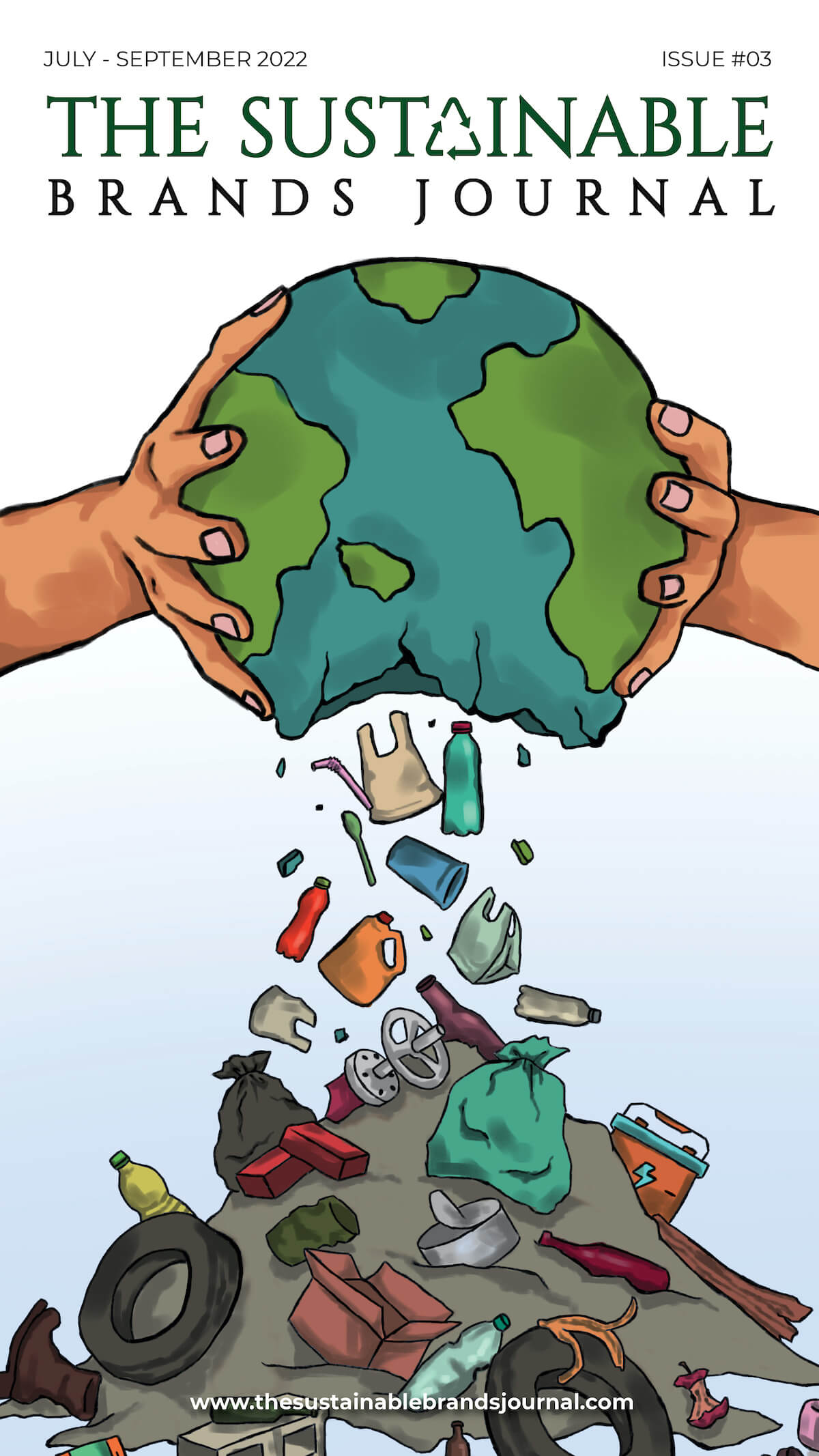
Middle East’s Renewable Energy Boom: Forecast to Surpass Fossil Fuel Capacity by 2040
The Middle East is set to experience a transformative shift in its energy landscape, with renewable capacity expected to soar in the coming decades. According to Rystad Energy’s latest research, the region is projected to dominate renewable energy, particularly solar photovoltaic (PV), surpassing fossil fuel usage by 2040. Solar PV, currently constituting only 2% of the region’s power supply, is anticipated to account for over half of the power generation mix by mid-century. Renewable energy, including hydro and wind, is expected to contribute to 70% of the Middle East’s power supply by 2050—an impressive leap from just 5% at the end of 2023.

Green Energy Expansion in the Middle East Responds to Surging Power Demand and Global Climate Goals
This rapid expansion of green energy aligns with the Middle East’s response to growing industrial demand, a fast-expanding population, and an international push to reduce carbon emissions. With a population of over 280 million that has grown more than 60% since 2000, power demand has doubled in the past two decades. By 2050, demand is projected to reach approximately 2,000 terawatt-hours (TWh), up from the current 1,200 TWh. This growth will be driven by industrial expansion, continued population increases, and the electrification of transportation and other sectors.
Transition from Fossil Fuel to Renewable Energy
Currently, the Middle East relies heavily on fossil fuels for power generation, with fossil fuels making up 93% of the total at the end of 2023. Natural gas alone accounts for nearly three-quarters of electricity generation and around 40% of the region’s total gas demand. However, the share of gas in the power generation mix is expected to decline, dropping from 74% in 2023 to 46% in 2040, and eventually to 22% by 2050 as renewables become more prevalent. Additionally, the adoption of battery energy storage in the 2030s is expected to help manage the variability of solar and wind power, further supporting the region’s transition to renewable energy.

Middle East emerging as Global Leader in Renewable energy, expected to exceed 100 GW by 2030
Solar energy stands out as the most cost-effective source of power, with Saudi Arabia setting a world record-low levelized cost of electricity (LCOE) at $10.4 per megawatt-hour (MWh). This competitive cost is due to favorable conditions, including high solar irradiance—reaching over 2,000 kilowatt-hours (kWh) per square meter annually in Saudi Arabia, the UAE, and Oman—as well as low labor costs, declining hardware prices, and large-scale projects. The region’s total solar capacity, which exceeded 16 gigawatts (GW) at the end of 2023, is forecasted to reach nearly 23 GW by the close of 2024. By 2030, solar capacity is expected to surpass 100 GW, supported by green hydrogen initiatives and an annual growth rate of 30%. Key players, including Saudi Arabia, the UAE, Oman, and Israel, are expected to account for nearly two-thirds of the region’s total solar capacity by decade’s end.

Transformative journey towards a Sustainable Future
As Middle Eastern countries pivot from their traditional reliance on oil and gas, this focus on renewable energy highlights a significant turning point for the region. In the coming decades, with solar and wind taking center stage and advancements in battery storage addressing intermittency issues, the Middle East is poised to become a leader in renewable energy, driving a cleaner, more sustainable energy future for the region and the world.
Subscribe to The Sustainable Brands Journal for more environmental news, stories, interviews, and updates.

Prachi, an accomplished Chief-Editor at The Sustainable Brands Journal, has 15+ years of experience in Europe, the Middle East, and India, managing 90+ global sustainable brands. She’s a prolific writer in sustainability, contributing to various publications. Prachi’s unwavering passion and expertise make her a recognized authority, driving positive change and inspiring a sustainable future.





